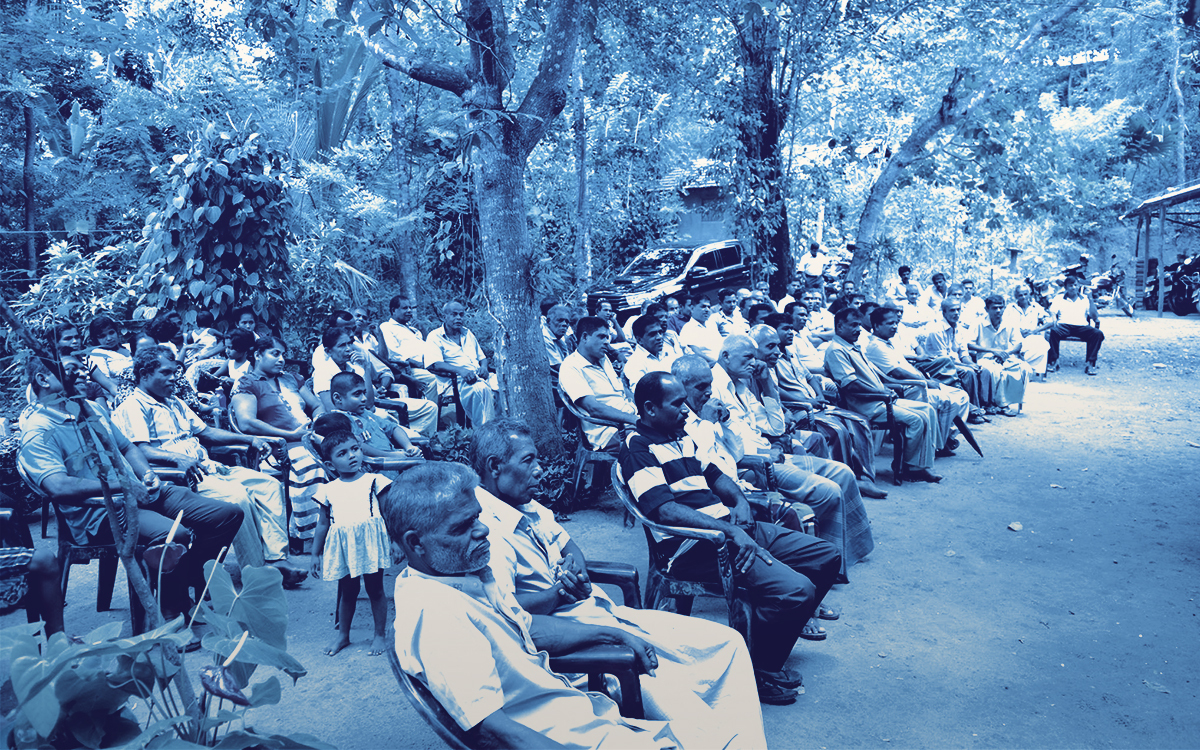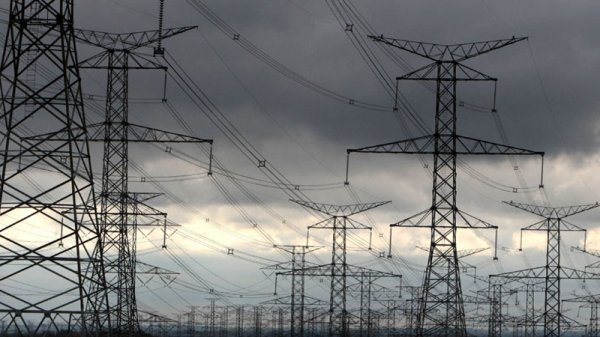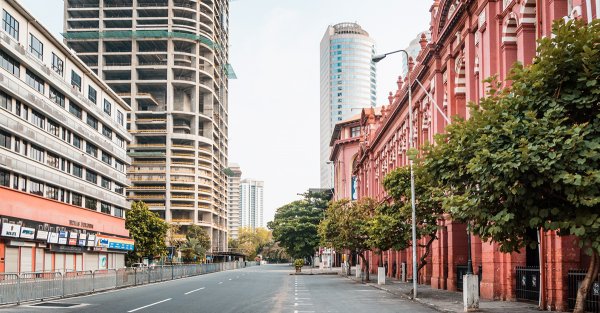
Although Sri Lanka was granted universal franchise in 1931—making it possible for all those above the age of 21 to vote—(later amended to 18, in 1959), voting is not compulsory and there are many that choose to stay at home rather than participate on election day.
Voter turnout has therefore varied over Sri Lanka’s 37-year-old Presidential election history. In 1988, it was a mere 55.32% (owing largely to the JVP insurrections), but in 2015 it hit an all-time high of 81.52%, when electing President Maithripala Sirisena.
The state spends an enormous amount of money to accommodate eligible voters—on the premise they will participate in the process. (This year the figure has increased significantly with the inflation of candidates to 35 —Rs. 7 billion will be spent this year).
Why Not Vote?
But what causes a fair percentage of the population to resist participating in a political process that is designed to represent their will?
“Disillusionment with politics is a worldwide trend,” political scientist and an emeritus professor at the University of Colombo Jayadeva Uyangoda told Roar Media, “We see this in other South Asian countries—as well as in Western countries.”
However, in comparison to other South Asian countries, Sri Lanka has a high rate of political participation. “Despite a very high disillusionment with the government—because of corruption, false promises, and abuses of power—people still however actively participate in politics,” Professor Uyangoda said. “This doesn’t just involve voting in elections but also joining political parties, engaging in debates and sharing viewpoints on social media.”
Professor Uyangoda attributed this to three things: a long history of universal suffrage, entrenched political parties, as well as the small size of the country. However, it is clear that participation in political life also differs between different demographics.

Photo credits: dailynews.lk
According to political economist, Ahilan Kadirgamar, weak social institutions play a significant role in voter apathy.
“In rural areas, voters engage regularly with various social institutions, the multitude of ‘samithi’ and ‘samagam’. When it comes to elections, this networking helps mobilise the communities for positive participation,” he said.
The situation is different among the urban populace.
“The whole point of democracy is the peoples’ participation. Among the urban locales, it is rare to see communities and individuals engaging with social institutions, thus leading to weak networking and ultimately, a lack of interest in the system,” he said.
“Weakening of social institutions is the biggest contributor to voter apathy,” he reiterated, explaining that even while the urban poor would engage with such institutions as a means of survival, with the lower-middle and middle class, that collusion is non-existent.
The Consequences Of Not Voting
Although many shrug off their civic duty on the assumption their individual vote will make little difference, making a conscious effort to vote has very real consequences for our lives.
It affects access to healthcare and education, the distribution of wealth, the social and political climate of the country, and even civil rights. Not voting means, in essence, you are not utilising the opportunity to elect individuals who will represent you in the governing process.
There is truth to the idea that compulsory voting results in a higher degree of political legitimacy through higher voter turnout: if all or most of the registered number of voters participated in the election, the legitimacy of the election becomes concrete.
In Belgium, which has the oldest existing compulsory voting system, those who fail to vote can face prosecution and a moderate fine. If the behaviour is consecutive, they can lose the right to vote in 10 years. In Australia, as well, there is a penalty of AUD 20 for not voting.
Although former Deputy Elections Commissioner, M. M. Mohamed, proposed implementing such a fine in 2017, voting remains a non-compulsory act in Sri Lanka, and increasing voter turnout will have to involve other measures.

Photo credit: Brett Davies
Reducing Voter Apathy
There isn’t one magical strategy to increase voter turnout. Instead, multiple tactics have to be used to encourage voter participation incrementally.
Studies have shown that making voter registration easier increases turnout, noting that “making registration portable can boost turnout by more than two percentage points,” while “allowing citizens to register at their polling place on election-day increases turnout by typically 5 to 7 percentage points.”
Turnout can also improve by making voting easier through more available absentee polling and improved access to polls, such as increasing the number of possible voting locations or lowering the average time voters have to spend waiting in line.
However, some scholars have stated that these practical measures only bring marginal improvements.
Instead, they advocate improving the electorate’s representativeness and understanding of policy issues. Increasing the voters’ participation with democratic processes gives them a greater stake in an election and a more personal reason to vote.
Individuals such as Kadiragamar have noted that if the state were to strengthen the relationship between communities with their respective social institutions, the matter of voter apathy can be removed.
“It’s not enough to have awareness meetings or group meetings. There have to be proactive measures to build a relationship,” he said. “That includes establishing community centres and incentivising engagement, in order to encourage participation. Rebuilding social bonds and standards will go a long way.”




.jpg?w=600)


